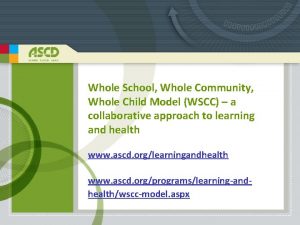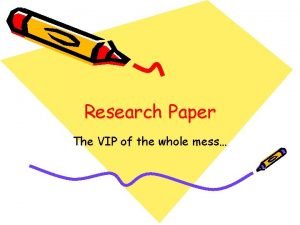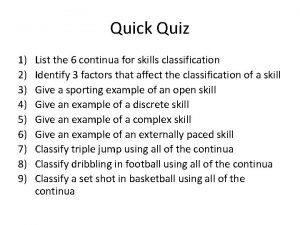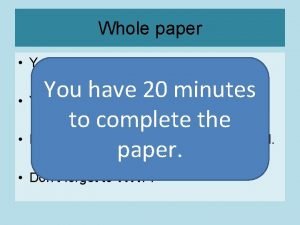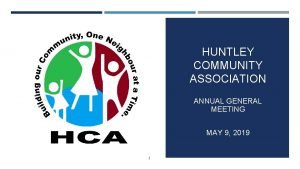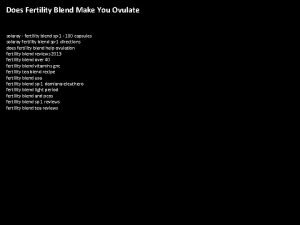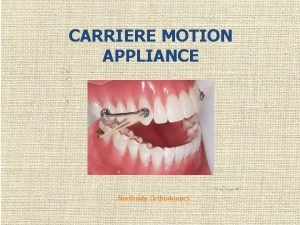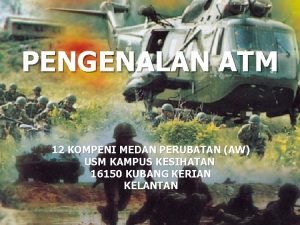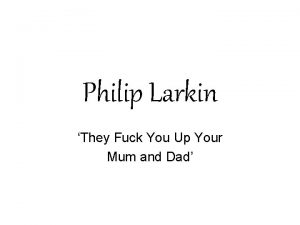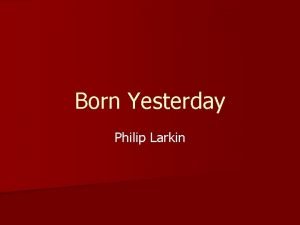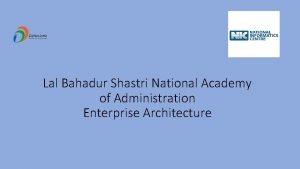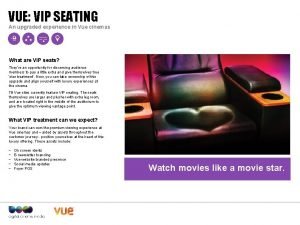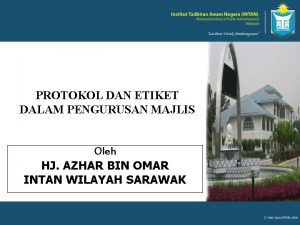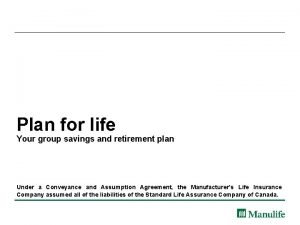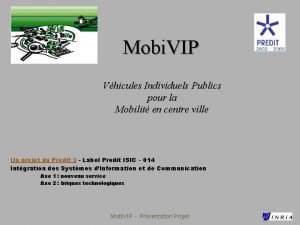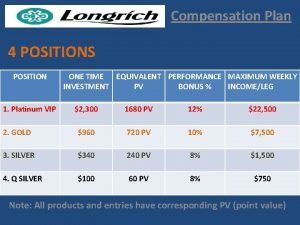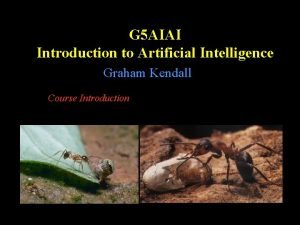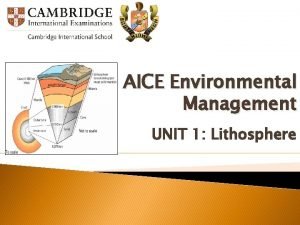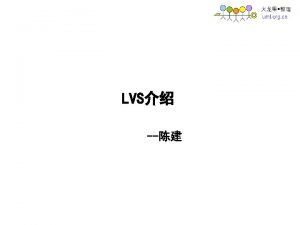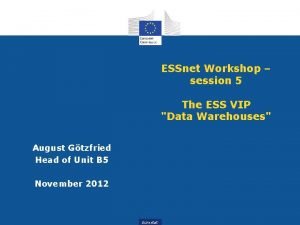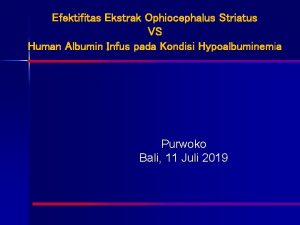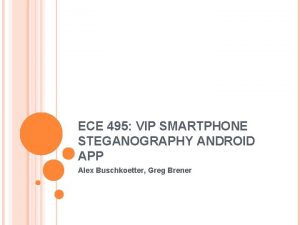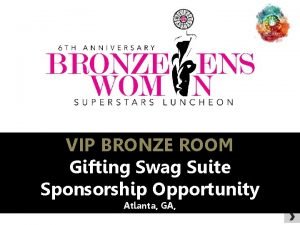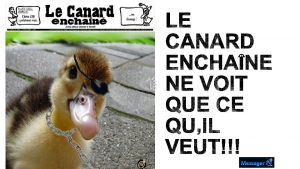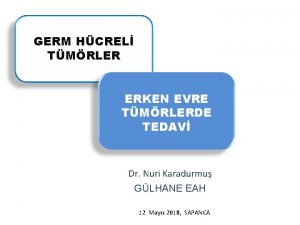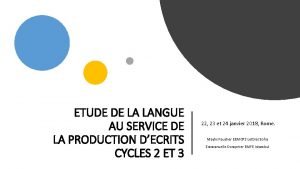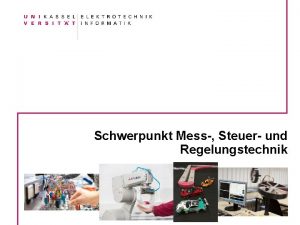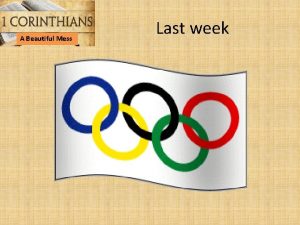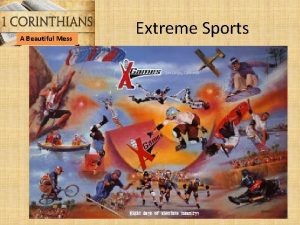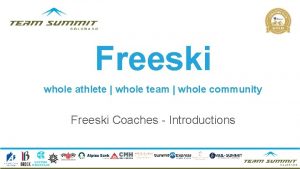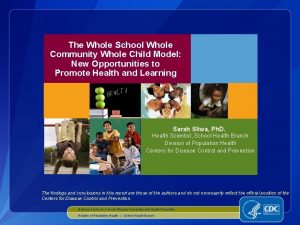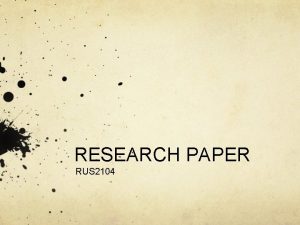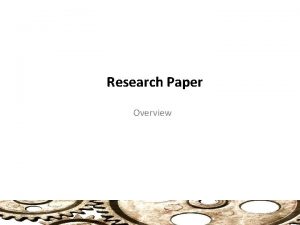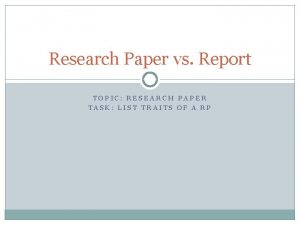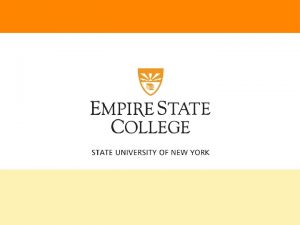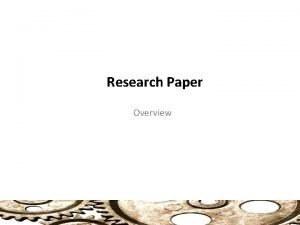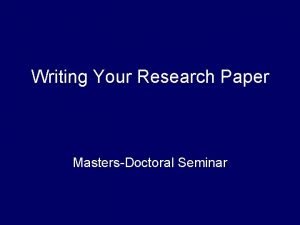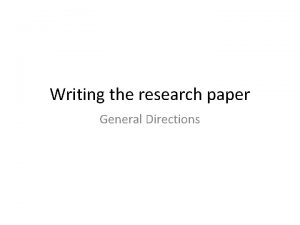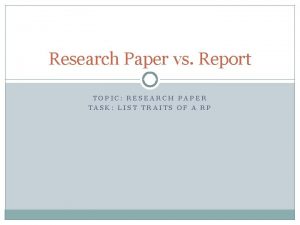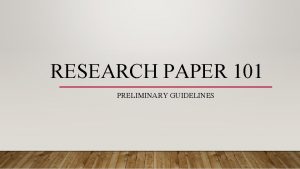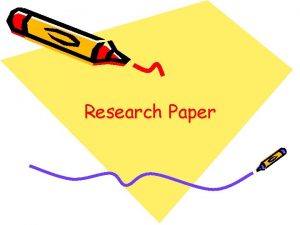Research Paper The VIP of the whole mess








































- Slides: 40

Research Paper The VIP of the whole mess…

What is a research paper? • A “research paper” is taking and combining “information you find by doing research” and “your own ideas” to prove a “thesis statement”. • Information + Ideas = Research

What is a research paper? • What is considered “my own ideas”? – Any “general” information – You MUST “cite” any information that has numbers • Dates (birth and death) • Statistics (% of free-throw) • Ect.

What is a research paper continued… EXAMPLE – Billy the Kid • Wild West outlaw (this we already know) • “was an orphan at the age of 15” (what we learn through research) • So we create a statement… Billy the Kid, a well known Wild West outlaw, most likely turned to violence after becoming an orphan at age 15 (Source, 12). After Billy’s parents were… (The statement above was “paraphrased” but we still “cited” the source. )

How long does this have to be… • Remember essays? – Essays are 5 paragraphs: 1 st is the introductory, then 3 body paragraphs, and the last is the concluding. • RESEARCH PAPERS ARE TO BE “ 8 (EIGHT) PARAGRAPHS” : – 1 st is the introductory – Then 6 (six) body paragraphs – The last is the concluding

What’s up? • Choosing a topic (a good one) • Making a statement • Questioning a topic

Choosing A Topic • See what is available • Ask yourself, “Is my topic too contemporary? ” • NARROW your topic – “Football” should become a “specific player” or “team” – “WWII” should become a “specific event” or a “few battles”

The “Thesis” Statement • This is the “Main Idea” of you paper • It becomes a “Focus” for your thoughts _________ made/had a big impact on _______. • Fill in the “Blanks” and get a “Thesis”

Narrow your topic for your Thesis Statement – “Football” is too BROAD a topic to cover for your “THESIS STATEMENT” • Football ? . made/had a big impact on – BUT “Troy Aikman” as a topic should be okay (if there are books available. ) • Troy Aikman made/had a big impact on football.

The “Thesis Statement” Continued • Once you come up with a thesis statement you are ready to research • You now need to QUESTION your topic

Questioning Your Topic • Ask yourself… – What do I already know? – What do I want to learn by doing research? • Organize your questions in to three subtopics • (Examples) – Youth, Adult, Death – Before, During, After • You should have 21 different questions total (about 7 for each category)

What’s next? • Source Cards – – Encyclopedia Book Ebsco (Magazine) Internet • Note Cards • Reliability • Dewey

Source Cards • Encyclopedia Author Last name, First. “Subject Title. ” Encyclopedia Name. Year of publication. Gold, John. “Edison, Thomas. ” World Book Encyclopedia. Don’t forget 1992 ed. to indent Classroom

Encyclopedia: Author Last name, First. • After each “subject entry” in an encyclopedia there is an author. You will find that it is written in VERY small print at the very end of the article. • Each “subject entry” is BOLD and is ALWAYS lined up on the left. Subcategories are also bold but they are indented slightly.

Encyclopedia: “Subject Title. ” • This one is easy… • The “Subject Title” is what you are looking for – “Football” is a “Subject Title. ” – “Ali, Muhammad” is a “Subject Title. ” – “Cow” is a “Subject Title. ” • RULE: ALWAYS look for “people” by their LAST NAME first

Source Cards • Book Author Last name, First. Book Title. City of Publication: Publisher, Year of publication. Josephson, Matthew. Edison: A Biography. Portland: Wiley, 1992.

Book: City of Publication and Publisher • This information can be found on the “TITLE PAGE” • The “Title Page” is the page in book that contains the title, author, publisher address, and copyright date. The “copyright” date is found by the © • The “Title Page” is everything you need to create a “Book Source Card”

Source Cards • Magazine Author or editor Last name, First name. “Article title. ” Name of Magazine. Date of Magazine published: Page numbers. Saunders, Fenella. “They Invented it. ” Discover Magazine. Oct 2006: 2 -3. Ebsco-host

Magazine (Ebscohost): Easy to use, once you set it up right • Go to the Woodland Website: www. woodland. k 12. mo. us • Click on High School Library • On the Far left you’ll see “Ebsco” (click on it) • AND THEN…

Magazine (Ebscohost): And then… • Click on EBSCOhost Web • Now under “choose a database” click the most appropriate database for your research (the more the better is NOT better) so BE PICKY! • AND THEN?

Magazine (Ebscohost): And then… • Click the button… • NOW this is Very Important click on the “FULL TEXT” check-box • NOW in the box that is next to the word “find” you type in your “keywords” for the search – “Football” and “Troy Aikman” • Hit the “search” button and away you go!

Magazine (Ebscohost): And then… • You should see something like this… 1. CBS earns passing grade on Super Bowl coverage By: Michael Hiestand. USA Today, 02/05/2007; (AN J 0 E 168755534107) HTML Full Text • Click on the “title” or the words “HTML Full Text” to get to the article

Source Cards • Internet Author or editor Last name, first name. Web site title. Date of publication of site. <Internet address>. Beals, Gerry. Thomas Edison’s Home Page. 1999. <http: //www. thomasedison. com> Internet

Reliability on the Internet • Reliable sources on the internet will always include an “author”, a “date”, and should always be “cross referenced” • “Cross referenced” means you check the information with info from another web site.

Note Cards • RULES: – Write a “direct quote” word-for-word – Always record the “page number” • A “direct quote” is the information you are getting from a source. The “direct quote” should answer one of your “research questions. ” • You need to record the “page number” from your source because you will need this when you “cite” your information in your paper.

Note Cards Continued… • A sample for you… » The page number » The “Direct Quote” “The most famous of his inventions was an incandescent light bulb. ” Pg 89 Inventions

Dewey he’s the man… • Use the “Dewey Decimal System” and the “Cat-5” to find your “non-fiction” book. • DDS = categorize books by a number system • Cat-5 = Online Catalogue of books 5

…and then? • • • Outlines Citing in Writing and the Rough Draft Works Cited Title Page Final Production or Final Draft

Outline • The research paper “outline” should be easy to organize…if your note cards are organized. • The outline for the body will be easy to write…it may be that the “Intro” and “Conclusion” will be more difficult • The “Intro” and “Conclusion” are… YOUR OWN WORDS…NO CITATIONS!!

Citing in Writing: What you Need • What you need… • Note Cards • Source Cards • From the “Note Cards” you need the “Direct Quote” and “page number” • From the “Source Cards” you need the “Authors Last Name”

Citing in Writing: The Cards <<<<<Source Card Jose, Matthew. Edison: A Biography. Portland: Wiley, 1992. “The most famous of his School Library inventions was an incandescent light bulb. ” Pg 89 Note Card >>>>>> Inventions

Citing in Writing: What you Do • Research is Citing. You must tell the “reader” where you get your information and we do this by “CITING” our source. • The way we do this…

Citing in Writing: The Way We Do This… • You take the direct quote and include your own thoughts to create a sentence in your research paper… Thomas Edison made many inventions in his lifetime. Some inventions are more famous than others. “The most famous of his inventions was an incandescent light bulb” (Jose, 89).

Citing in Writing: Now what? • EVERY TIME you use a “quote” from a note card you “Cite” the source. • RULES: – Use the first item on your Source Card (Usually the author’s last name) – Use the page number from the Note Card – DO NOT write the word “page” in the “citation” – EXAMPLE: …” (Last Name, Number).

The “WORKS CITED” Page • Definition: The “sources” you “cited” in your research paper are written “collectively” on one page. This page is called the “Works Cited” page. • SO WHAT DO YOU DO? – Type all your source cards IN ALPHABETICAL ORDER (by the first item on the card usually the Author’s Last name). • REMEMBER: Indent ALL lines after the first.

The “WORKS CITED” Page • You need ALL your “Source Cards” Jose, Matthew. Edison: A Biography. Portland: Wiley, 1992. School NOW… you need to type them…but there are rules… Beals, Gerry. Thomas Edison’s Home Library Page. 1999. <http: //www. thomas edison. com/> Ebsco

The “WORKS CITED” Page • So…your “Works Cited” page should look like this… • • • ALPHABETICAL ORDER by Author’s last name Single spaced source information Double space between each source Works Cited Beals, Gerry. Thomas Edison’s Home Page. 1999. <http: //www. thomas edison. com/> “Edison, Thomas. ” World Book Encyclopedia. 1992 ed. Jose, Matthew. Edison: A Biography. Portland: Wiley, 1992. Saunders, Fenella. “R&D: They Invented it. ” Discover Magazine. Oct 200: 1.

Title Page: Let’s Name this Baby! • The “title page” is the cover page for your research. • What do you want on the “title page”? – – – The title Your name Your teacher’s name The date you turn in your paper Your class hour USE: the Center button or (Ctrl + E) to Center the “cursor”

Production: Format • Formatting Your Paper – Times New Roman (font) – 12 Pt (size of font) – Double Space (Format; Line Spacing; Double) – 1 inch margins (already set) – NO BOLD – NO ITALICS – NO PICTURES • This is a “FORMAL” piece of writing and it should look like it

Are we there yet? YES… • Scoring Guide >>> • Order to turn in – – – – Scoring guide Title Page Research paper Works Cited Rough Draft Outline Note Cards
 Cdc whole school whole community whole child
Cdc whole school whole community whole child The end of the whole mess
The end of the whole mess Massed practice
Massed practice Explain types of research
Explain types of research Whole paper
Whole paper Huntley community mess hall
Huntley community mess hall Fertility blend for women reviews
Fertility blend for women reviews A beautiful mess gomi
A beautiful mess gomi Disadvantages of piezoelectric accelerometer
Disadvantages of piezoelectric accelerometer Baju mess kit atm
Baju mess kit atm Fuck mum and dad
Fuck mum and dad Born yesterday poem analysis
Born yesterday poem analysis Mess rhyming words
Mess rhyming words Lal bahadur shastri national academy of administration
Lal bahadur shastri national academy of administration Paper 2 aice general paper
Paper 2 aice general paper Aice general paper essay format
Aice general paper essay format Vue vip seating
Vue vip seating Definisi etiket
Definisi etiket Manulife vip room
Manulife vip room Vip ess
Vip ess Ecotest radiation measurement instruments
Ecotest radiation measurement instruments Vip mobi
Vip mobi Platinum vip plan
Platinum vip plan Vip vending
Vip vending Talk 915 login
Talk 915 login 5aiai.vip
5aiai.vip 5aiai.vip
5aiai.vip Timisoara to bucharest
Timisoara to bucharest Scala vip flebiti
Scala vip flebiti Where is the oceanic crust located
Where is the oceanic crust located Language
Language Ess vip
Ess vip Vip albumin infus
Vip albumin infus Ece vip
Ece vip Sol vip travel
Sol vip travel Bronze site vip
Bronze site vip Https://775fh.vip/
Https://775fh.vip/ Martine aubry clementine aubry
Martine aubry clementine aubry Bep vip
Bep vip Vip brigaudiot
Vip brigaudiot Vip schizofreni
Vip schizofreni
